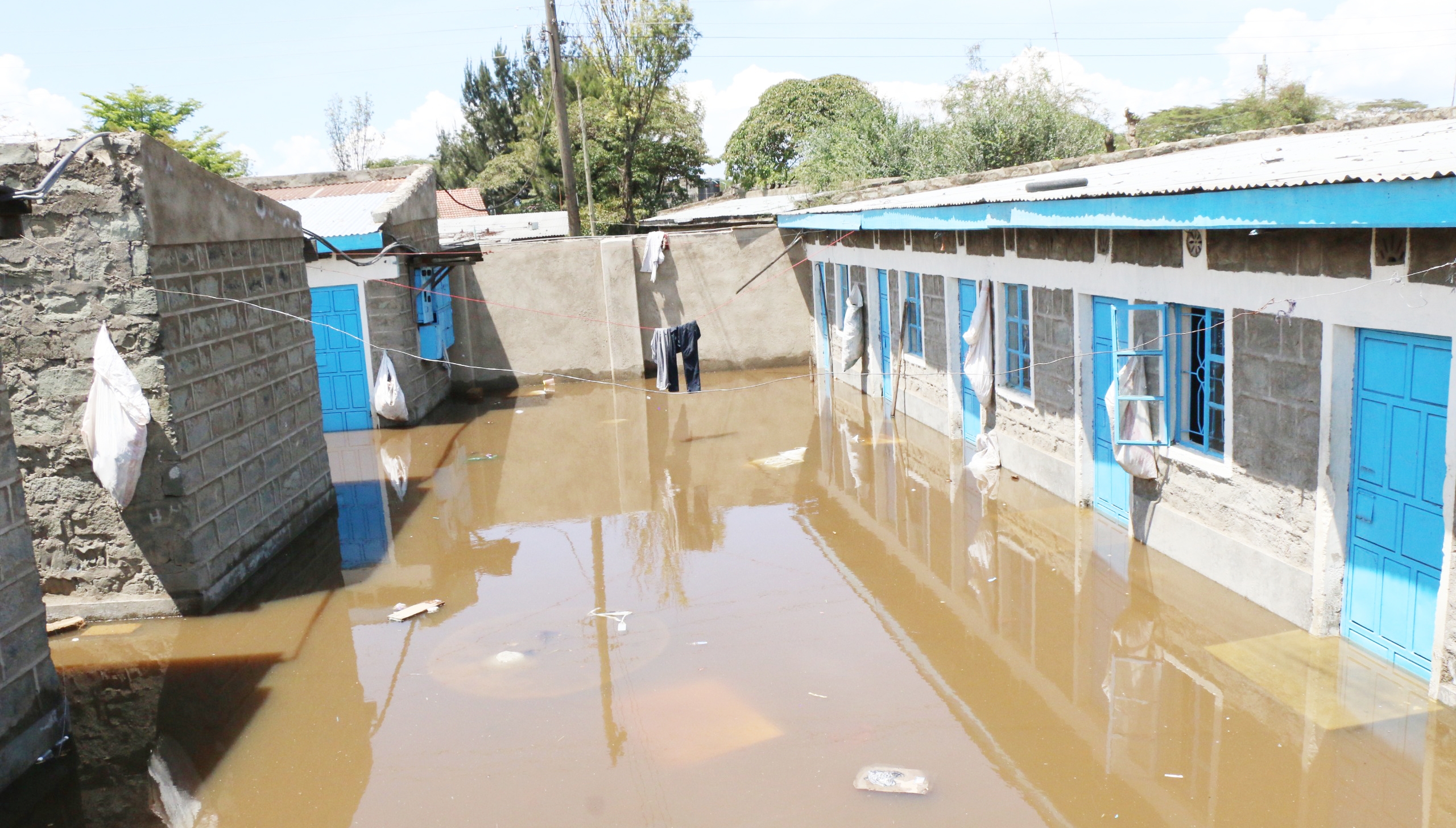When will a structured compensation package for ‘loss and damage’ reach a hurting Libya after the devastating Storm Daniel?
Thousands of lives have been lost, and billions of dollars worth of infrastructure damaged in Africa’s most devastating disaster in recent years. There are confirmed losses and damages.
The phrase – loss and damage – entered climate change parlance during COP27 in Egypt, last year. Parties to the United Nations 27th Conference on Climate Change agreed that internationally acclaimed polluters of the ecosphere should compensate victims of their destructive industrial activities.
Reparations are viewed as a deterrent measure to achieve climate justice. The United States, China, the European Union and Japan are listed as the lead emitters of greenhouse gases.
Pledges of climate change reparations, officially referred to as compensation for loss and damage, came two days after the official convention closed. The original proposal, which COP27 adopted, came from the Dominican Republic.
Polluting human activities ride on fossil fuels and gas. Climate scientists have linked these forms of energy to global heating that exacerbates natural disasters.
The intensity and frequency of storms, floods, earthquakes, hurricanes, and droughts are increasing due to global warming, which causes climate change.
Climate change refers to long-term shifts in temperatures and weather patterns, mainly caused by human activities, especially the burning of fossil fuels.
The countries that burn fossil fuels the least, especially those in Africa, suffer the most devastating consequences of climate change. Devastating floods in eastern Libya have created a humanitarian crisis of international proportions.
The World Health Organisation has deployed emergency aid valued at $2 million, Turkey, the United Kingdom, Italy, France, Japan, Spain, and other countries have responded, in kind or cash, to the humanitarian emergency.
Storm Daniel left 20,000 feared dead or missing. The number of casualties varies because there is no single centre of truth in a fractured Libya. The two separate governments, which control eastern and western Libya, are legacies of intrusive and partial Western interests.
Pervasive anarchy has undermined Libya’s capacity to repair and maintain its infrastructure and ill-prepared to respond to such disasters. Neighbourhoods were flattened in flash floods. Early warning systems were lacking. There were no evacuation plans, which could have saved more lives.
The Libya crisis started with an explosion hours before the devastating floods, rated as the worst so far in an African country. An ageing dam collapsed, and then another exploded, unleashing flash flood waters across Derna, last week.
Experts have attributed the Libya crisis to a powerful storm, which played on ageing or damaged infrastructure, inadequate warnings, uncoordinated or delayed response and accelerating consequences of climate change.
Greece, Bulgaria and Turkey suffered less than 30 deaths from the storm that has devastated eastern Libya. The storm first struck Greece, moved to Bulgaria, sweeping through Turkey, and then formed into a medicane – a milder variety of hurricane – over the Mediterranean Sea before landing in Derna, a coastal city in eastern Libya.
Libya’s loss and damage has been described as ‘epic’ and ‘apocalyptic’: 11,500 people were killed, 10,000 are missing, and 38,400 displaced, in a city of 100,000.
A rival government rules this part of Libya—a country that once enjoyed unity under strongman Muammar Gaddafi.
Libya is a case of spiralling climate-related disasters. Morocco suffered a devastating earthquake early this month. About 3,000 people were reported dead. Floods in Pakistan killed 2,000 people, after a day’s record rainfall of 391 mm resulted in flash floods and landslides. About 33 million people were affected, and a third of the populous country was inundated. Website Downtoearth.org estimates the loss and damage from the Pakistan disaster at $30 billion (Sh4.4 trillion).
About 600 people were killed in a similar extreme weather event, in which 2,000 homes were destroyed in Nigeria, last year.
These extreme weather events are not remote possibilities. Meteorologists are predicting the onset of El Niño rains next month. People in vulnerable areas, including Kano Plains, have been advised to move to higher ground.
The warning comes nearly every long rainy season. The loss and damage to vulnerable communities along the River Nyando Basin, in Kisumu county, has rarely been quantified.
Local climate change resilience actions must consider these communities to avert further perennial damages and losses.













